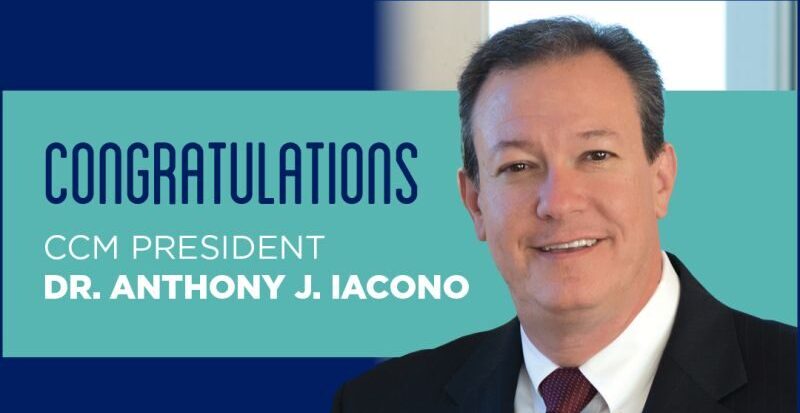Two of the newer members of the County College of Morris (CCM) faculty recently published articles in major scientific journals contributing to a better understanding of jet fuels and how to better detect the purity of complex compounds.
Dr. Jason Hudzik, assistant professor of chemistry, is the lead author of an article published in “The Journal of Physical Chemistry A” (https://pubs.acs.org/doi/abs/10.1021/acs.jpca.5b05564) focusing on the thermochemical properties of the military jet fuel JP-10. Using computational chemistry methods, Hudzik and his co-researchers, Dr. Álvaro Castillo and Dr. Joseph W. Bozzelli from the New Jersey Institute of Technology (NJIT), have been able to determine the strength and weakness of various carbon-to-carbon bond energies in JP-10.
“By knowing these thermochemical properties and which bonds are more likely to break first, we can better understand reaction pathways, kinetics and what byproducts are produced, all leading to a more complete understanding of JP-10,” says Hudzik. “The work can also serve as a model for determining how other fuels act as well.”
In other research, Dr. Loryn R. Keating, assistant professor of chemistry, is the lead author of an article in the journal “Talanta” (https://www.sciencedirect.com/science/article/pii/S0039914015302678) detailing a chemical detection method that can more quickly and effectively determine the purity of complex compounds.
Her research, conducted with Dr. William R. LaCourse from the University of Maryland, Baltimore County found that adding an active substance to the pulsed electrochemical detection (PED) method allowed for a better analysis of biotin, a vitamin, to determine the purity of different brands of the supplement. The research holds the potential of providing an alternative to using a mass spectrometer, which is an expensive piece of equipment, for identifying the amount and type of chemicals in complex compounds. It also paves the way for better determining the ingredients and additives that may be present in supplements to more effectively judge their purity.
Both research projects build on the work Hudzik and Keating conducted as doctoral students.
Hudzik’s research was funded by a contract from the U.S. Navy. This latest article is the sixth one he has published as lead author.
At CCM, he also is involved with an initiative funded by a $199,999 National Science Foundation grant. Titled “Pathways of Applied Career Experience (PACE) Science Program in Biotechnology and Chemical Technology,” that project is focused on expanding internship opportunities and improving student retention at the college.
Hudzik began his college education at CCM where he earned his associate in science. He then transferred to NJIT where he earned his B.S., M.S. and Ph.D. in chemistry. He joined the full-time faculty at CCM in 2013.
“I enjoy doing research because I feel like I am part of something bigger and it gives me the opportunity to add my piece to the puzzle,” says Hudzik. “With my students it also allows me to show them that there are applications for what they are learning in the classroom.”
Keating’s work was supported by Thermo Scientific, which donated equipment for her research. This latest article is the second one she has published as a lead author.
“Research is problem solving and figuring out how things work,” says Keating. “As a teacher, I also can draw upon my research to provide my students with real-world examples that explain the concepts they are learning.”
Keating earned her B.S. and master’s degree in chemical engineering from Johns Hopkins University and her Ph.D. from the University of Maryland, Baltimore County. She joined the CCM faculty in 2013.
Keating and Hudzik both teach General Chemistry I and II at CCM.



